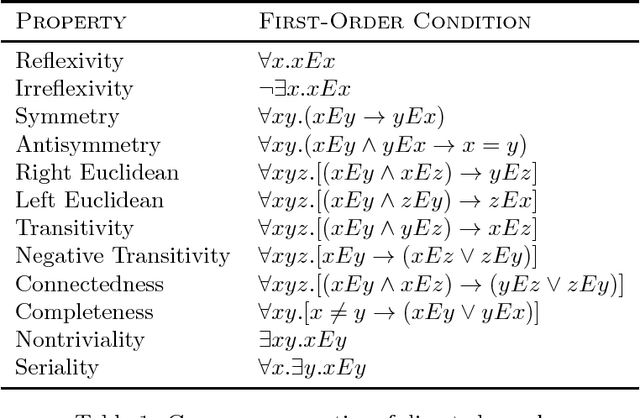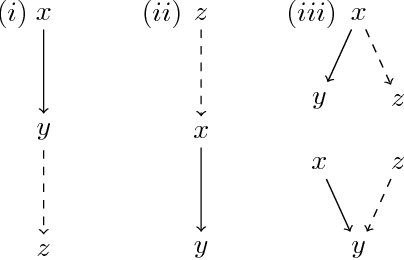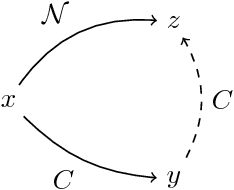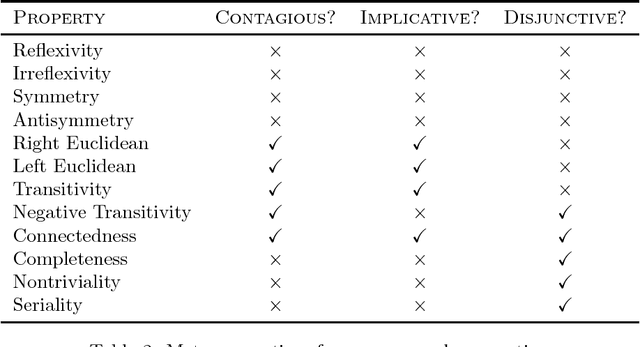Graph Aggregation
Paper and Code
Sep 13, 2016



Graph aggregation is the process of computing a single output graph that constitutes a good compromise between several input graphs, each provided by a different source. One needs to perform graph aggregation in a wide variety of situations, e.g., when applying a voting rule (graphs as preference orders), when consolidating conflicting views regarding the relationships between arguments in a debate (graphs as abstract argumentation frameworks), or when computing a consensus between several alternative clusterings of a given dataset (graphs as equivalence relations). In this paper, we introduce a formal framework for graph aggregation grounded in social choice theory. Our focus is on understanding which properties shared by the individual input graphs will transfer to the output graph returned by a given aggregation rule. We consider both common properties of graphs, such as transitivity and reflexivity, and arbitrary properties expressible in certain fragments of modal logic. Our results establish several connections between the types of properties preserved under aggregation and the choice-theoretic axioms satisfied by the rules used. The most important of these results is a powerful impossibility theorem that generalises Arrow's seminal result for the aggregation of preference orders to a large collection of different types of graphs.
 Add to Chrome
Add to Chrome Add to Firefox
Add to Firefox Add to Edge
Add to Edge